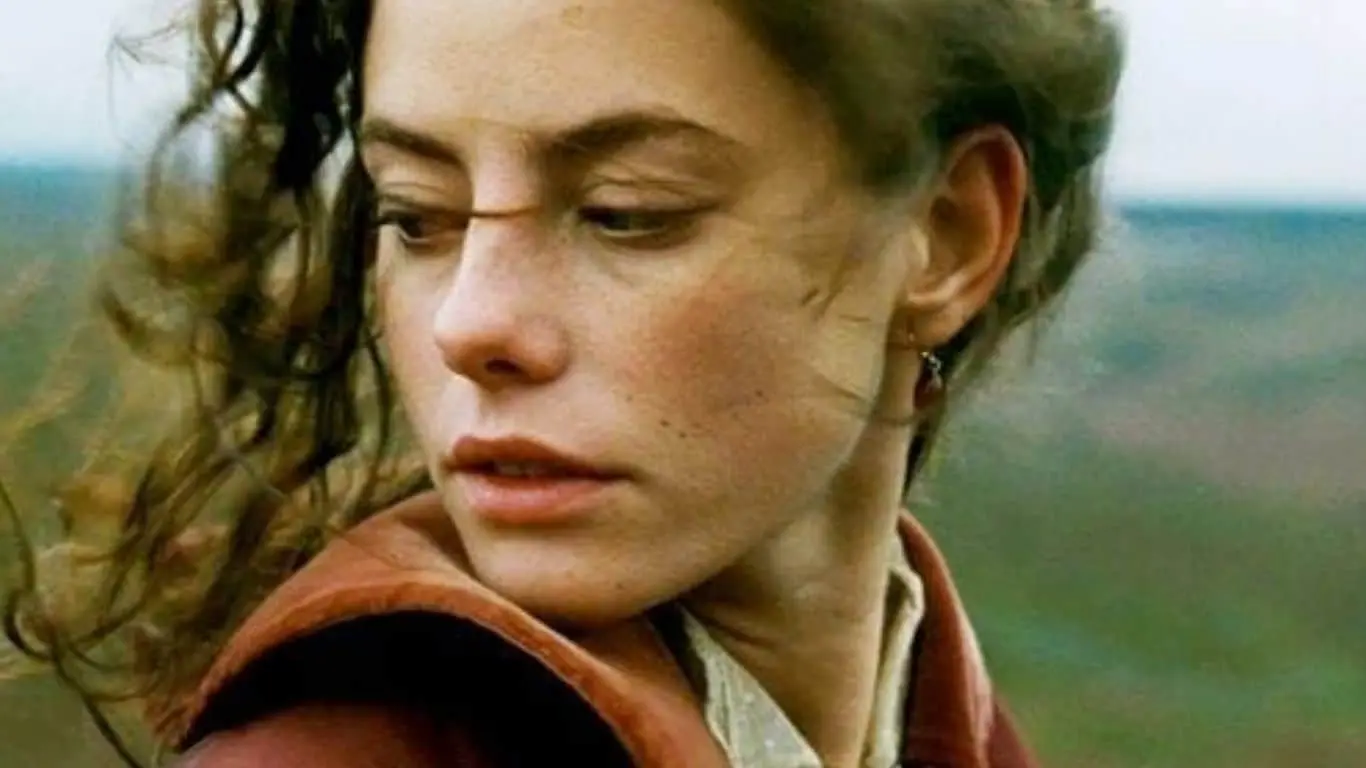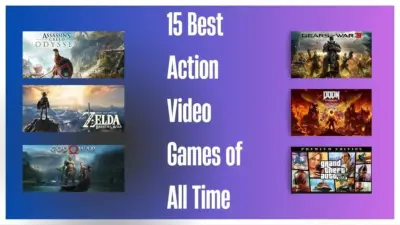Literature has the power to transport us to different worlds, times, and places. It introduces us to characters so vibrant and real that they linger in our memories long after we turn the last page. Today, we’re celebrating “10 Memorable characters from Books Whose Names Begin with ‘C’”. From classic literature to modern storytelling, these figures have etched a permanent place in the literary world.
10 Memorable characters from Books Whose Names Begin with ‘C’
Catherine Earnshaw – “Wuthering Heights” by Emily Brontë

From the windswept moors of “Wuthering Heights” emerges a character whose passionate nature and tumultuous life have captivated readers for generations. Catherine Earnshaw is not just a figure of romance and tragedy; she embodies the struggle between societal expectations and personal desires. Her deep, almost spiritual connection with Heathcliff reflects the novel’s exploration of the raw, untamed aspects of human emotion and the destructive power of love and obsession.
Celie – “The Color Purple” by Alice Walker

In “The Color Purple,” Celie’s journey is one from victimization to empowerment, set against the backdrop of the American South in the early 20th century. Her letters to God and her sister Nettie provide a poignant, deeply personal look into her experiences with abuse, racism, and sexism. Celie’s evolution from a subdued, abused wife to an independent, self-assured woman is a powerful testament to the endurance of the human spirit and the possibility of redemption and happiness.
Charles Darnay – “A Tale of Two Cities” by Charles Dickens

In “A Tale of Two Cities,” the story of a man who renounces his noble title is intricately woven into the fabric of the French Revolution, exploring profound themes of sacrifice, identity, and duality. This man, known as Charles Darnay, chooses a life of integrity in England over the corrupt aristocracy of his French heritage. His journey is not merely one of personal transformation but also a reflection of the era’s social and political upheaval. Through Darnay, Dickens delves deep into the impact of these tumultuous times on individual lives, illustrating how love and personal sacrifice can emerge triumphant even in the darkest of times.
Charlie Bucket – “Charlie and the Chocolate Factory” by Roald Dahl

In the world of “Charlie and the Chocolate Factory,” Charlie Bucket stands as a beacon of hope and innocence. Living in poverty, Charlie’s life changes when he finds a golden ticket to Willy Wonka’s mysterious chocolate factory. His journey is not just one of wonder and fantasy; it’s a moral tale about the virtues of honesty, humility, and kindness in a world brimming with greed and excess.
Charlotte – “Charlotte’s Web” by E.B. White

The clever spider from “Charlotte’s Web,” Charlotte is more than just a friend to Wilbur the pig. Her ingenuity and compassion illustrate the novel’s themes of friendship, sacrifice, and the cycle of life. Charlotte’s ability to weave words into her web transforms the fate of Wilbur, proving that intelligence and creativity can bring about change and can resonate with love and loss.
Clarissa Dalloway – “Mrs. Dalloway” by Virginia Woolf

In “Mrs. Dalloway,” Clarissa Dalloway’s preparations for a party serve as a vehicle for deeper explorations of memory, time, and self. Her reflections on her past, her choices, and her relationships offer a rich portrait of a woman navigating the complexities of early 20th-century society. Clarissa’s internal monologue captures the fleeting nature of existence and the interconnectedness of all life, making her a profound and introspective character.
Cheshire Cat – “Alice’s Adventures in Wonderland” by Lewis Carroll

The enigmatic Cheshire Cat of “Alice’s Adventures in Wonderland” is more than a mischievous feline. With its famous disappearing act and perplexing riddles, the cat represents the whimsy and absurdity of Wonderland. Its ability to challenge and confound Alice with philosophical insights adds a layer of depth to Carroll’s fantastical narrative, making it a symbol of the mysterious and unpredictable nature of life.
Coraline – “Coraline” by Neil Gaiman

In Neil Gaiman’s “Coraline,” the titular character Coraline is a young girl who, despite her age, displays remarkable courage and determination. Her adventure in a parallel universe filled with otherworldly dangers reflects themes of bravery, the importance of family, and the perils of desire. Coraline’s refusal to be manipulated and her fight to return to her reality showcase the strength and resourcefulness of youth.
Count Dracula – “Dracula” by Bram Stoker

The quintessential vampire, Count Dracula in Bram Stoker’s “Dracula” is a character that has become synonymous with the horror genre. His eerie castle in Transylvania and his terrifying abilities make him an archetype of the undead predator. Dracula’s influence extends beyond literature, shaping the entire cultural perception of vampires as charismatic yet horrifying creatures of the night.
Christian Grey – “Fifty Shades of Grey” by E.L. James

Finally, Christian Grey from “Fifty Shades of Grey” has become a controversial and polarizing figure in modern literature. His complex relationship with Anastasia Steele and the exploration of themes of desire, control, and vulnerability have sparked widespread discussion and debate. Love him or hate him, Christian’s character has sparked a cultural phenomenon, prompting reflections on modern relationships and the nature of intimacy.
Also Read: 10 Memorable characters from Books Whose Names Begin with ‘B’





